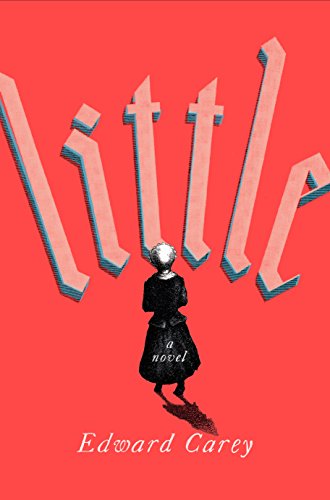Little
This dreamlike novel imagines the origins of Marie Tussaud, creator of the famous waxworks, and also captures the insanity and chaos of Revolutionary Paris. Marie Grosholtz, nicknamed “Little” by her guardian, is orphaned very young and taken as an assistant by a kind but distant medical artist, Dr. Curtius. Marie eagerly masters the art of sculpting human body parts for medical study, and helps the doctor create a new art form casting the busts of citizens who wish to be immortalized in the eerily lifelike medium of painted wax. Aided by a coldly ambitious tailor’s widow, Madame Picot, Curtius attracts the patronage of the rich and vain in the waning days of the Bourbon monarchy and develops the first public collection of famous and infamous personages sculpted in wax. Little, however, despised by the widow, toils in obscurity until their workshop is visited by the Princess Elisabeth, sister of Louis XVI, who whisks Little to Versailles to be her sculpting tutor.
The novel is crammed with incident and emotional highs and lows, but the focus is on the voice of Little, a keen observer who attempts to understand people the way she understands her art, focusing on minute details of physiognomy and personality. The novel is enhanced by eerie, graceful pencil sketches, which progress in complexity along with Little’s voice as she matures. Carey has made the wise decision to render her reminiscences in modern colloquial English; the result is a vivid, unforgettable narrative, full of feeling and suspense in spite of our familiarity with the facts of Tussaud’s life and of the Revolution.










